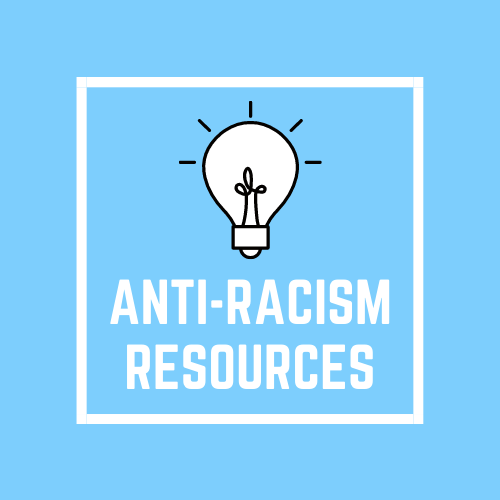
Ask the Therapist
October 31, 2017
Anti-Racism Resources
March 9, 2021Cognitive Behavioral Therapy for Insomnia (CBT-I)
Do you have trouble falling asleep? Do you wake up frequently during the night? Are you tired during the day? You may have insomnia. Chronic insomnia affects about 10% of the population, and it can be terribly frustrating. There are also a mind-boggling number of skills, strategies, medications, and home remedies that people swear by in order to sleep. I’m sure you’ve heard about white noise machines, lavender spray, sleep medications, soft music, relaxation techniques etc. Forget them! While all of these things may temporarily help someone get a few nights of good sleep, they are not long-term solutions. In fact, they actually exacerbate insomnia in the long run. “Good” sleepers don’t do anything to sleep, they just lie down and close their eyes, and they’re asleep!
So how does someone with insomnia become a good sleeper? The research is clear that the most effective long-term treatment for insomnia is Cognitive Behavioral Therapy for Insomnia, or CBT-I. Different kinds of practitioners can administer CBT-I, such as therapists, psychologists, sleep doctors and nurses. CBT-I is a short term (typically around eight weeks) structured treatment which aims to restructure how someone sleeps. There are two main components of CBT-I. The first is called “stimulus control”, which basically just means that people who have insomnia have conditioned bed to other activities and need to go back to just sleeping there. No reading, eating, studying, games on your phone, etc. in bed! An important part of stimulus control is not lying in bed awake, so people are given instructions to get out of bed if they aren’t sleeping. Sounds counterintuitive, but the more time you are awake in bed, the more you learn “I don’t sleep in bed!”
The second component has a scary name – “sleep restriction.” Yikes. Let’s call it sleep retraining. This part involves reducing the amount of time someone is actually physically in bed to the amount of time that his or her body is sleeping in bed, then expanding that window. (People usually just try to get in bed earlier, and stay in bed later in the morning, but that doesn’t actually help people sleep more total hours).
So let’s run through an example. If someone gets into bed at 10:00PM, wakes up 3 times for 30 min each, then wakes up at 6:00AM (but doesn’t actually get out of bed until 7:00AM), that’s a lot of time awake in bed. In this example, the person only slept for 5 hours. So at baseline, they are able to sleep in bed for 5 hours. We would then set a wake time (which has to be constant for the duration of treatment – yes, weekends, too!). Let’s say we choose 6:00AM. We subtract 5 hours, and get a 1:00AM bed time. We do this for a week or so until the person is getting really good at sleeping five hours straight in bed – and sleeping the majority of time in bed! Then we push the bed time back in slow increments until they are getting a more desirable hours of sleep.
While CBT-I may sound difficult, it is extremely effective in a relatively short amount of time. People often suffer with insomnia for decades before receiving proper treatment. As the research is proving over and over again, CBT-I should be the front line treatment for someone with insomnia.




